马上注册,结交更多好友,享用更多功能,让你轻松玩转社区。
您需要 登录 才可以下载或查看,没有账号?立即注册
×
eVolo had another successful Skyscraper Competition for 2017 and Bustler is thrilled to announce the winners! The sky is indeed the limit for this competition, which gives participants complete freedom in interpreting how a skyscraper can be designed. At the same time, entrants are challenged to re-examine the skyscraper's definition, purpose, and the potential for vertical living in the 21st century. Since eVolo first launched the Skyscraper Competition in 2006, they have received over 6,000 projects from around the globe. As expected, competition runs high every year. Out of 444 submissions for 2017, the jury chose three prize winners and 22 honorable mentions. The prize winners are: - First place: “Mashambas Skyscraper” by Pawel Lipiński and Mateusz Frankowski from Poland
- Second place: “Vertical Factories in Megacities” by Tianshu Liu and Lingshen Xie from the United States
- Third place: “Espiral3500” by Javier López-Menchero Ortiz de Salazar from Spain
Check out the prize-winning entries and some of the honorable mentions below. First place: “Mashambas Skyscraper” by Pawel Lipiński and Mateusz Frankowski from Poland
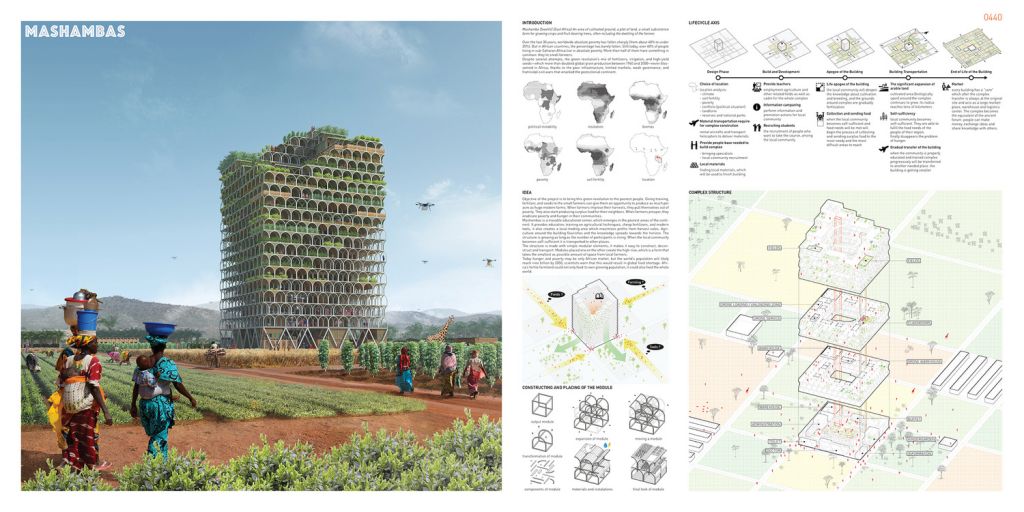

First place: “Mashambas Skyscraper” by Pawel Lipiński and Mateusz Frankowski from PolandFirst place: “Mashambas Skyscraper” by Pawel Lipiński and Mateusz Frankowski from Poland
Project excerpt: “The design proposes a modular and scalable skyscraper conceived as an educational center and marketplace for new agricultural communities in sub-Saharan Africa. The design seeks to increase farming opportunities and reduce hunger in these regions.” “Mashambas is a movable educational center, which emerges in the poorest areas of the continent. It provides education, training on agricultural techniques, cheap fertilizers, and modern tools; it also creates a local trading area, which maximizes profits from harvest sales. Agriculture around the building flourishes and the knowledge spreads towards the horizon. The structure is growing as long as the number of participants is rising. When the local community becomes self-sufficient it is transported to other places.
The structure is made with simple modular elements, it makes it easy to construct, deconstruct and transport. Modules placed one on the other create the high-rise, which is a form that takes the smallest as possible amount of space from local farmers...” Second place: “Vertical Factories in Megacities” by Tianshu Liu and Lingshen Xie from the United States
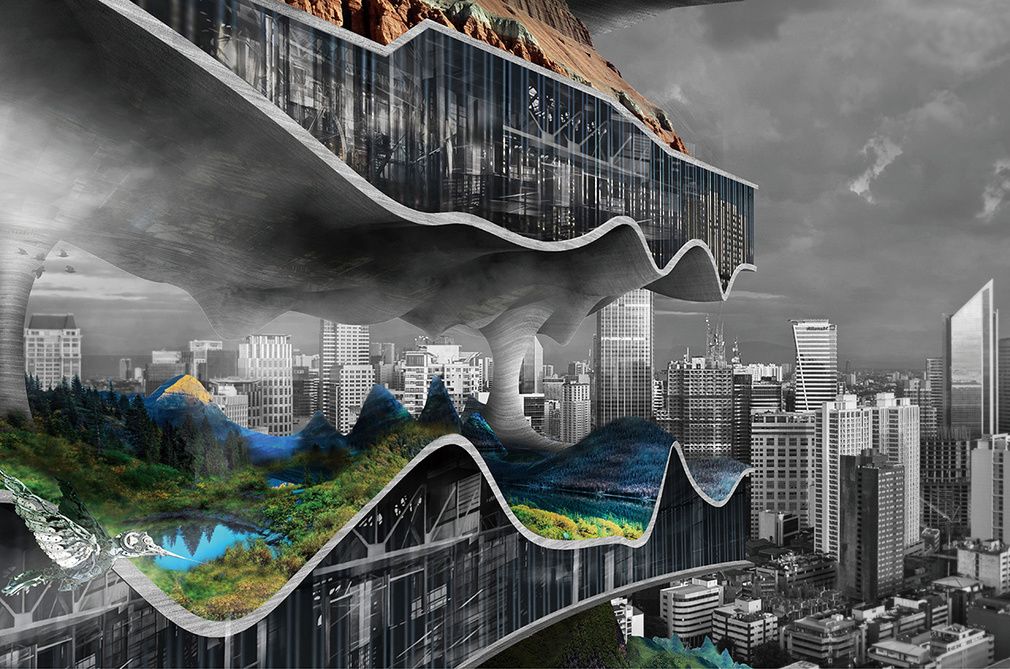 Second place: “Vertical Factories in Megacities” by Tianshu Liu and Lingshen Xie from the United States
Second place: “Vertical Factories in Megacities” by Tianshu Liu and Lingshen Xie from the United States
 Second place: “Vertical Factories in Megacities” by Tianshu Liu and Lingshen Xie from the United States
Second place: “Vertical Factories in Megacities” by Tianshu Liu and Lingshen Xie from the United States
 Second place: “Vertical Factories in Megacities” by Tianshu Liu and Lingshen Xie from the United States
Second place: “Vertical Factories in Megacities” by Tianshu Liu and Lingshen Xie from the United States
Project excerpt: Focusing on Manila in the Philippines, “The design investigates the benefits of moving factories back to megacities. The proposal calls for a series of alternating architectural layers- factories and recreational areas stacked together to create a vertical structure. Each recreational layer would feed from the waste and resources of these factories.” “Bring factories to the city: By 2025, the number of megacities, cities with a population over 10 million people, will grow from 23 to 36, and the population in the top 600 cities in the world will grow by 500 million. In the near future, two-thirds of the world's population will live in these megacities. Factories moved to areas outside cities because they were noisy and polluting. But now, many factories are cleaner and could have a new place in the urban environment. Moving them back into the city would provide a higher quality of life, by allowing employees to walk to work rather than commute in cars. Urban factories would be closer to populations of skilled workers, suppliers and technical and research centers.
Due to the large population in Manila, a great amount of organic waste is produced daily. This waste will be the resource of the new vertical factory. All the waste will be dumped at the bottom level of the factory, and then they will be transformed into valuable products including water, fertilizer, heat, and electricity. We use these products to create different kinds of natural environment. The landscape is shaped according to the scale and shape of factories. Organic waste then can be turned into new city landscape while factories hide beyond natural surfaces. The main concept of this design is to let people be aware of the truth that the natural environment is a loop, everything you produce will then form the new world. Instead of criticizing the pollution problem we create the most ideal way for people to understand the best interaction between human and nature.” Third place: “Espiral3500” by Javier López-Menchero Ortiz de Salazar from Spain
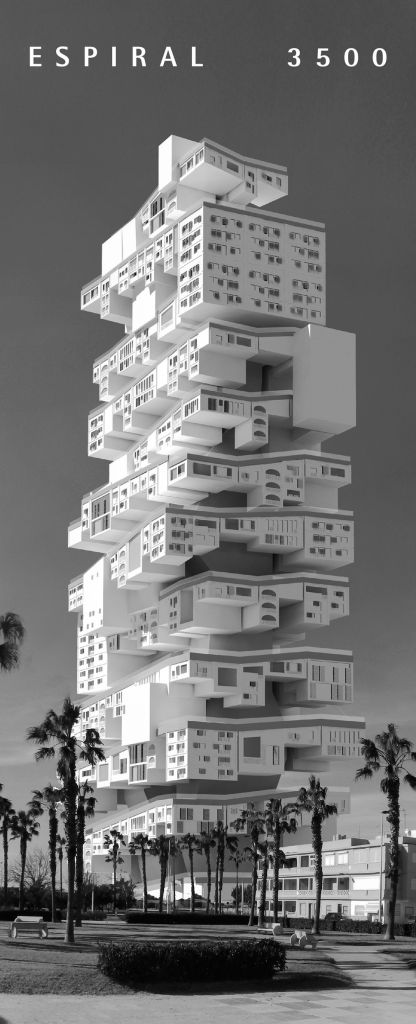 Third place: “Espiral3500” by Javier López-Menchero Ortiz de Salazar from Spain
Third place: “Espiral3500” by Javier López-Menchero Ortiz de Salazar from Spain
 Third place: “Espiral3500” by Javier López-Menchero Ortiz de Salazar from Spain
Third place: “Espiral3500” by Javier López-Menchero Ortiz de Salazar from Spain
 Third place: “Espiral3500” by Javier López-Menchero Ortiz de Salazar from Spain
Third place: “Espiral3500” by Javier López-Menchero Ortiz de Salazar from Spain
Project excerpt: “The eastern coast of Spain, containing the most highly populated seafront areas in the country, has suffered an indiscriminate urban expansion. Criteria for construction have erred on the speculative side rather than being the rational consequence of studying the urban needs of the territory. Espiral3500 is situated in “La Albufera”, an agricultural natural park which has been subjected to speculation based development and expansive growth. Tourism has become the main force of attraction. With it, it has produced an urban sprawl, which has disfigured the landscape. Tourism in the area causes an increase in population density of up to 1000% in some localities, turning them from ghost towns in winter to areas of high most density in summer. The main investigation of this project is to understand the relationship between and the role played by private and public spaces within the skyscraper. Here, I use a spiral system in which the public spaces (namely the different types of streets) form rings that rest on a structural element. Spaces for private use hang from this structural element. This “inverted street” system allows for an immediate linking of public and private, while allowing for sufficient dissociation to grant desired privacy.” Keep scrolling down for a selection of the honorable mention entries:
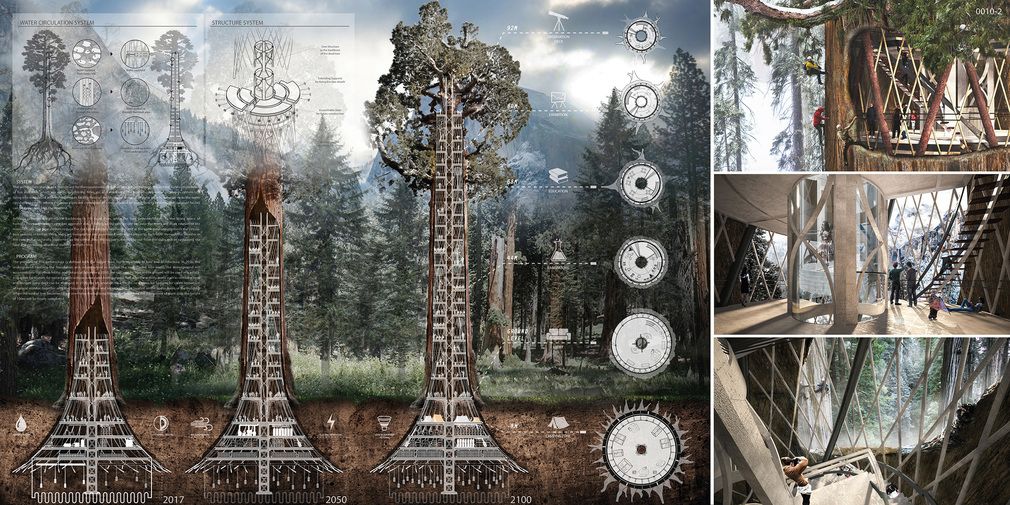 HONORABLE MENTION: The Monument of Giant by Ko Jinhyeuk, Cheong Changwon, Cho Kyuhyung, Choi Sunwoong
 | South Korea
HONORABLE MENTION: The Monument of Giant by Ko Jinhyeuk, Cheong Changwon, Cho Kyuhyung, Choi Sunwoong
 | South Korea
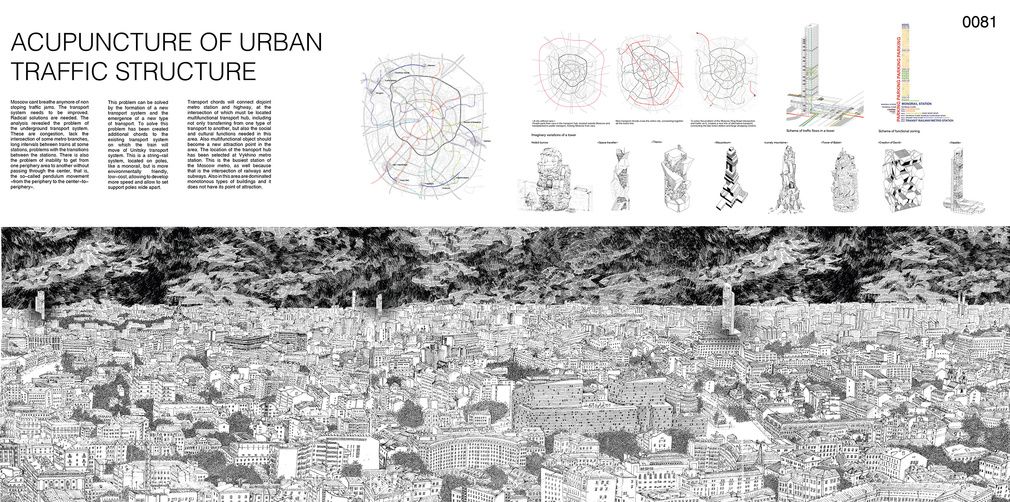 HONORABLE MENTION: Acupuncture of Urban Traffic Structure by Kristina Rykova | Russia
HONORABLE MENTION: Acupuncture of Urban Traffic Structure by Kristina Rykova | Russia
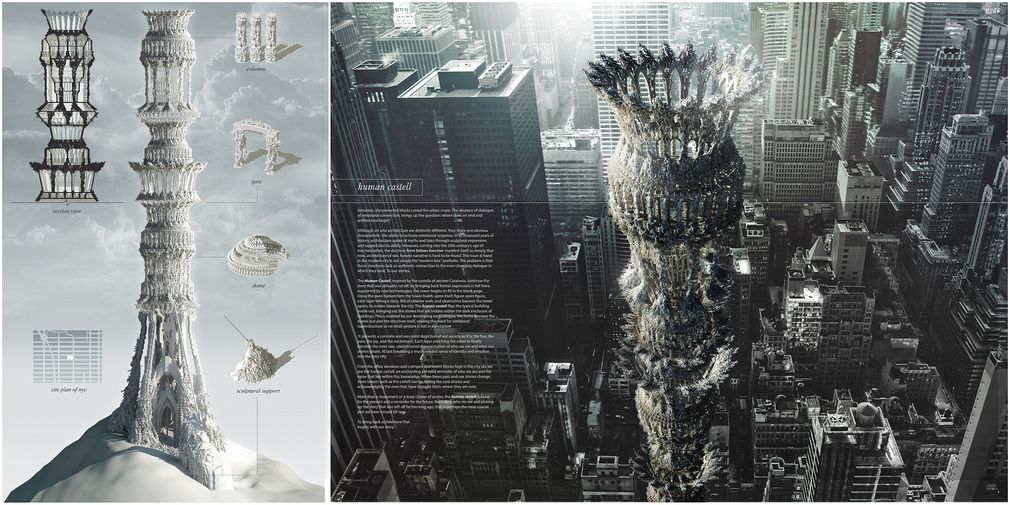 HONORABLE MENTION: “Human Castell Skyscraper” by Tamin Song, Jin Woo Kuk, Sun Hee Yoo, Bruce Han, Gangmin Yoo, Jun Sun Baek | New Zealand
HONORABLE MENTION: “Human Castell Skyscraper” by Tamin Song, Jin Woo Kuk, Sun Hee Yoo, Bruce Han, Gangmin Yoo, Jun Sun Baek | New Zealand
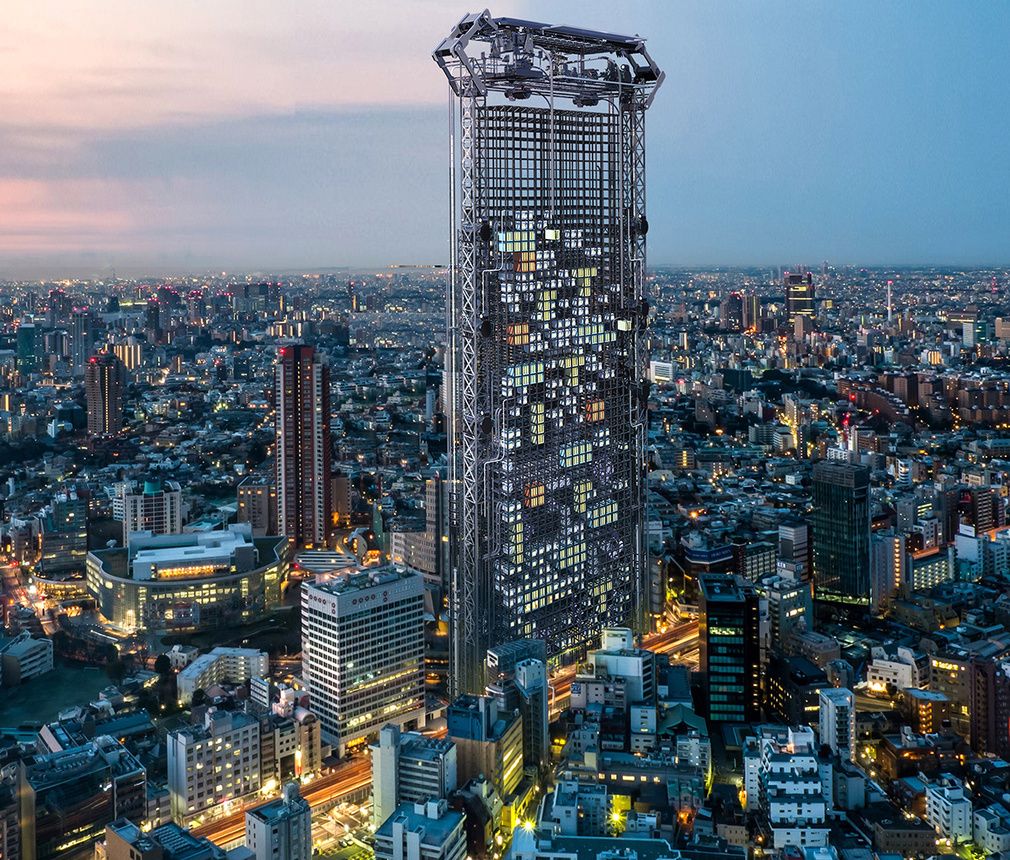 HONORABLE MENTION: Pod-vending Skyscraper by Haseef Rafiei | United Kingdom
HONORABLE MENTION: Pod-vending Skyscraper by Haseef Rafiei | United Kingdom
 HONORABLE MENTION: The Forgotten Memorials: The Utopian Future of Urbanization by Zhonghan Huang, Wen Zhu | United States
HONORABLE MENTION: The Forgotten Memorials: The Utopian Future of Urbanization by Zhonghan Huang, Wen Zhu | United States
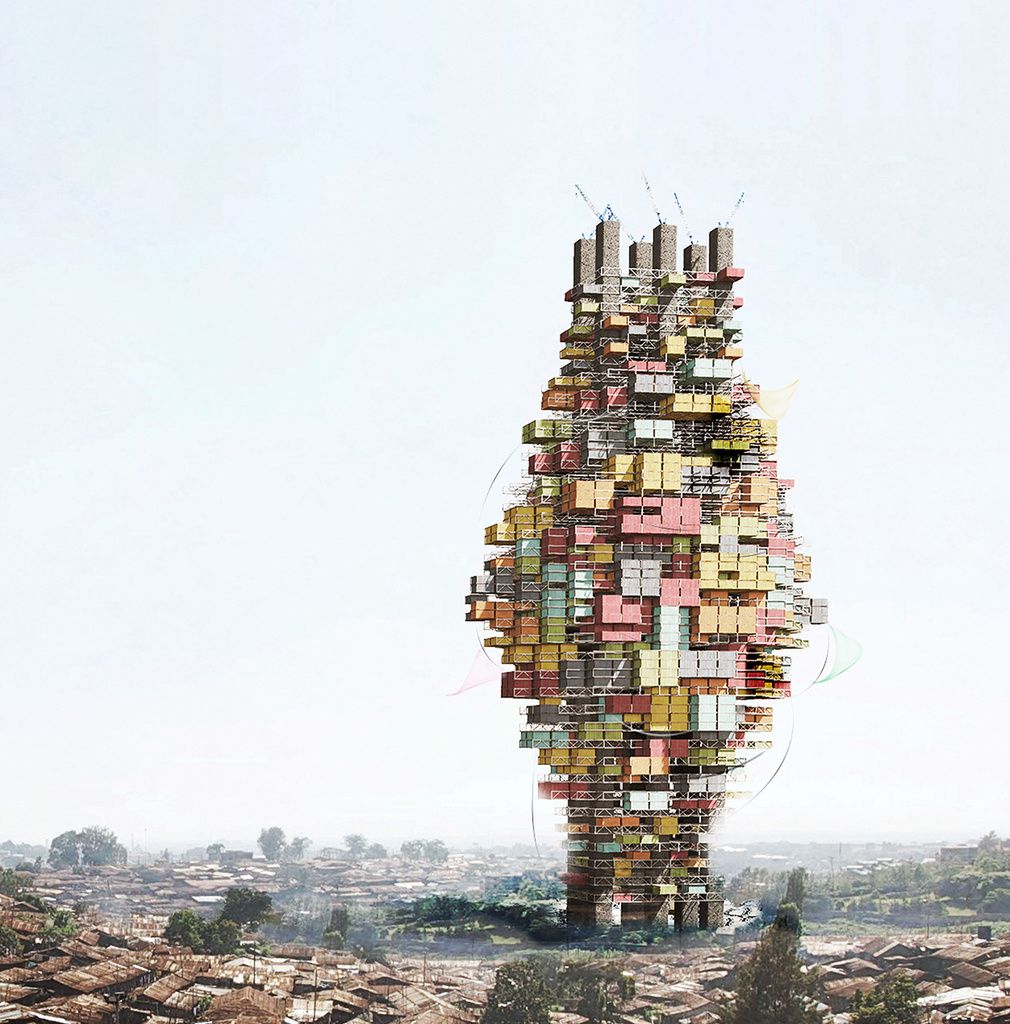 HONORABLE MENTION: Adaptive Capacity: A Socio-ecological Community by Adriann Jeevananthan | United Kingdom
HONORABLE MENTION: Adaptive Capacity: A Socio-ecological Community by Adriann Jeevananthan | United Kingdom
 HONORABLE MENTION: Gone with the Wind Skyscraper by Shenghui Yang, Xu Pan, Yue Song, Yingxin Cheng, Binci Wang, Yuerong Zhou, Yaying Zheng, Shiman Wang | China
HONORABLE MENTION: Gone with the Wind Skyscraper by Shenghui Yang, Xu Pan, Yue Song, Yingxin Cheng, Binci Wang, Yuerong Zhou, Yaying Zheng, Shiman Wang | China
 HONORABLE MENTION: Heal-Berg: Reverse Climate Changing Machine by Luca Beltrame, Saba Nabavi Tafreshi | Italy, Austria
HONORABLE MENTION: Heal-Berg: Reverse Climate Changing Machine by Luca Beltrame, Saba Nabavi Tafreshi | Italy, Austria
 HONORABLE MENTION: Genesis Skyscraper by Arturo Emilio Garrido Ontiveros, Andrés Pastrana Bonillo, Judit Pinach Martí, Alex Tintea | Spain
HONORABLE MENTION: Genesis Skyscraper by Arturo Emilio Garrido Ontiveros, Andrés Pastrana Bonillo, Judit Pinach Martí, Alex Tintea | Spain
 HONORABLE MENTION: The Arch Skyscraper by Wenjia Li, Ran Huo, Jing Ju | China
HONORABLE MENTION: The Arch Skyscraper by Wenjia Li, Ran Huo, Jing Ju | China
 HONORABLE MENTION: Parallel Manhattan by Zhiyong Dong, Jiongcheng Mou, Xiuping Han, Xingyu Liu | China
HONORABLE MENTION: Parallel Manhattan by Zhiyong Dong, Jiongcheng Mou, Xiuping Han, Xingyu Liu | China
| 

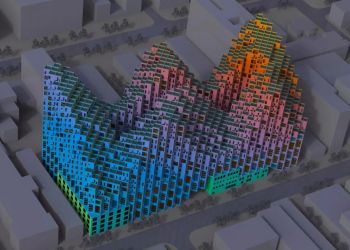 Rhino建模渲染必备插件合集34154 人气#工具软件
Rhino建模渲染必备插件合集34154 人气#工具软件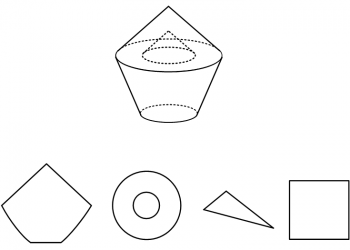 中央机关及其直属机构2026年度考试录用公务909 人气#公务员考试
中央机关及其直属机构2026年度考试录用公务909 人气#公务员考试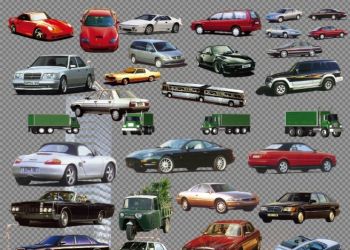 PSD真实人物素材以及汽车素材。5876 人气#PS素材库
PSD真实人物素材以及汽车素材。5876 人气#PS素材库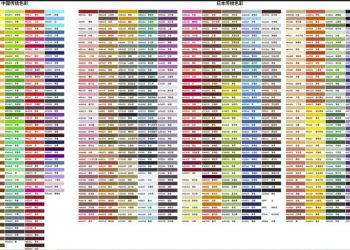 色卡大全,应有尽有。想攒点米粒6602 人气#PS素材库
色卡大全,应有尽有。想攒点米粒6602 人气#PS素材库